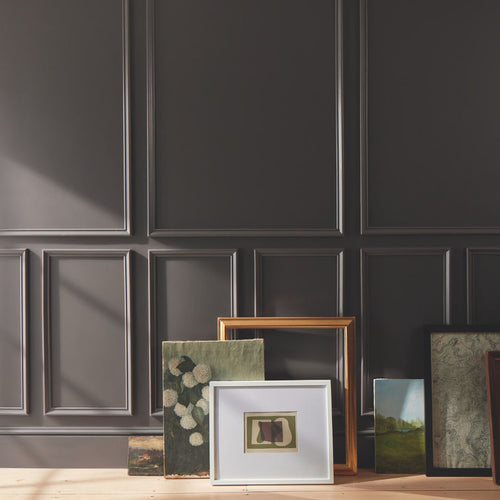
A great place to relax or entertain family and friends is outside on a deck. Outdoor decks are constantly exposed to harsh conditions such as rain, snow, and sunlight. In order to protect the beauty of your wood and keep it looking like new years later, then you should consider using a stain. It’s no small job, but for most, it’s a small price to pay for the summer grilling, morning coffee, and appeal to future buyers. When choosing the perfect stain, you’ve got a number of options. However, what’s most important is to plan ahead and be well-prepared to ensure a flawless application. Many homeowners are left feeling dissatisfied with their DIY deck staining projects, due to lack of proper research. Even the best staining jobs require periodic refinishing — usually every two or three years, but doing it right the first time will save you tons of trouble later on. Use the list below as a guide for things to avoid when staining your deck.
1. Avoid Poor Preparation
Whether it’s a brand new deck or an older deck requiring re-staining – preparation is the key to achieve professional-looking final results. One of the few reasons why your stain peels off shortly after application is due to poor preparation work. Before staining your deck, it is crucial to use a good-quality deck cleaner for removing dirt and debris from between decking boards. Next, you should thoroughly rinse the surface with a garden hose and high-pressure nozzle attachment. Once your deck is dry, use 80-grit sandpaper to smooth everything down and remove residual dust. The preparation that comes with staining your deck is a ‘necessary evil’, but well worth it in the long-run.
2. Avoid Using the Wrong Stain and Brush
When choosing a stain for your deck, check to make sure that it’s specifically designed for exterior wood. Oil-based stains are far more durable than water-based stains, thus requiring far less maintenance. Synthetic-bristle brushes are usually made of polyester or nylon, or a combination of both. These types of brushes are recommended for best use with water-based latex paints and stains. On the contrary, natural-bristle brushes made from animal hair, perform better when used with oil-based products. Brushes have their downsides, but they are most effective for forcing the stain into open grain and pores.
3. Avoid Over Application
Decks are best stained with a semi-transparent wood stain. People are often mistaken in thinking that applying more coats will make the stain more durable, and therefore last longer. However, oversaturation will create a thick film on the surface that will flake and peel off in a matter of weeks. Pay close attention to the directions rather than relying on your own best judgment. Only apply as much stain as the wood can absorb.
4. Avoid Improper Weather Conditions
High temperatures and excessive humidity are two of the weather conditions you should avoid while staining your deck. Wood stains do not adhere well to damp wood – this could cause it to crack and peel. Low to average humidity promotes faster drying. Also, be cautious of the direct sunlight – the stain will dry too fast before the wood is able to absorb it. The ideal temperature for staining a deck is between 50°F to 90°F.
5. Avoid Wasting Leftover Product
Before purchasing your stain, measure the area and calculate the gallons to be used. Once you’ve finished your project, be sure to seal and store the product in an area that will protect it from damage, freezing, and temperatures above 95 degrees Fahrenheit. Save the leftover stain for future use such as touch-ups or other creative projects. Otherwise, you can donate your remaining product to a friend, school, or charitable organization in need of supplies.
Stain Your Deck With Ricciardi Brothers
Ricciardi Brothers was founded by the late Joseph Ricciardi in Newark, New Jersey, where we always featured the highest quality products since 1929. At Ricciardi Brothers, we look forward to being your destination for all of your paint and related needs within your local community. Thinking about staining your deck? We offer a wide variety of exterior wood stains and finishes in-stores and online. Please visit one of our locations in your neighborhood or if you would like more information, contact us today!
Ricciardi Brothers
Ricciardi Brothers has helped creatively transform tens of thousands of homes and businesses for over 85 years. Our 40+ locations across New Jersey, Pennsylvania, and Delaware specialize in painting and expert
design services with first class customer care.
Contact us for inquiries on how we can fulfill your design needs!
























